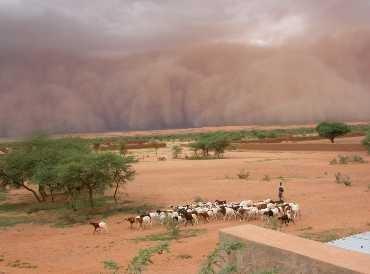According to the Intergovernmental Panel on Climate Change (IPCC), wind storms, heatwaves, floods and droughts are all likely to become more common and more severe in the future. Drawing on our strengths in monitoring and modelling, we specialise in forecasting extreme weather events and minimising their impact.
We are able to:
- Combine data from diverse sources and using multiple models to understand and predict extreme weather events
- Develop new analysis techniques and models, including a state-of-the-art land surface model
- Using satellite data and past climate records to understand the interactions between the land surface and atmosphere, and their likely impact on future climates
- We are working with partners across Africa and Asia to improve observation, analysis and modelling of extreme weather events.

